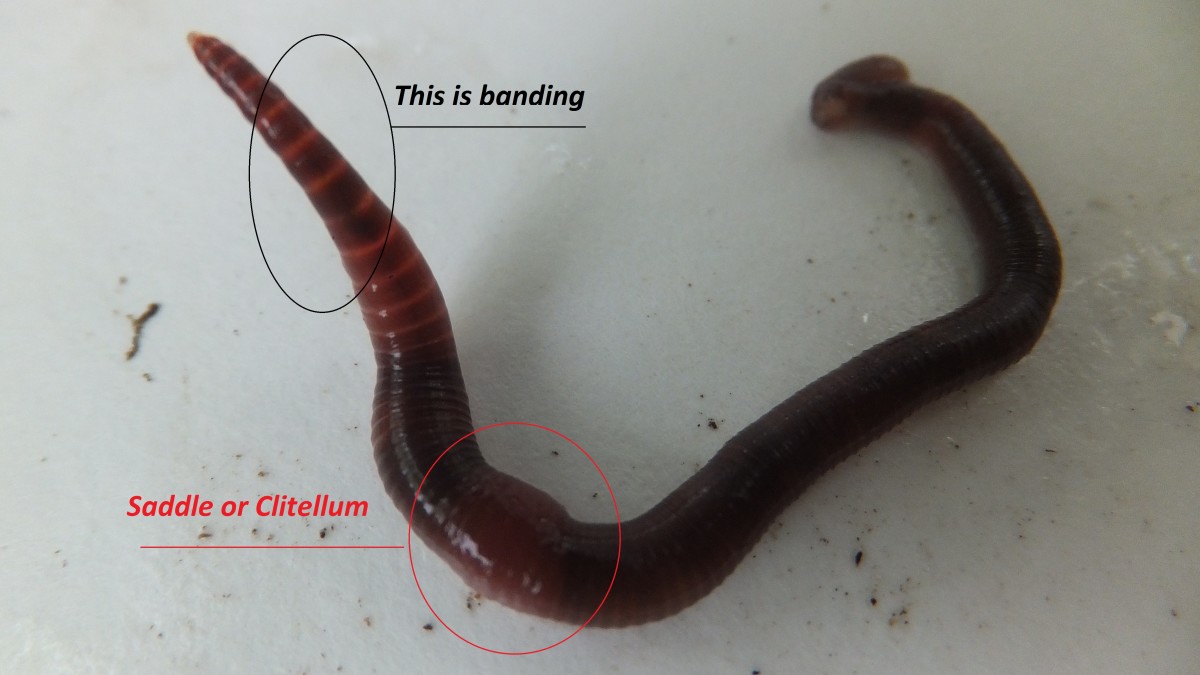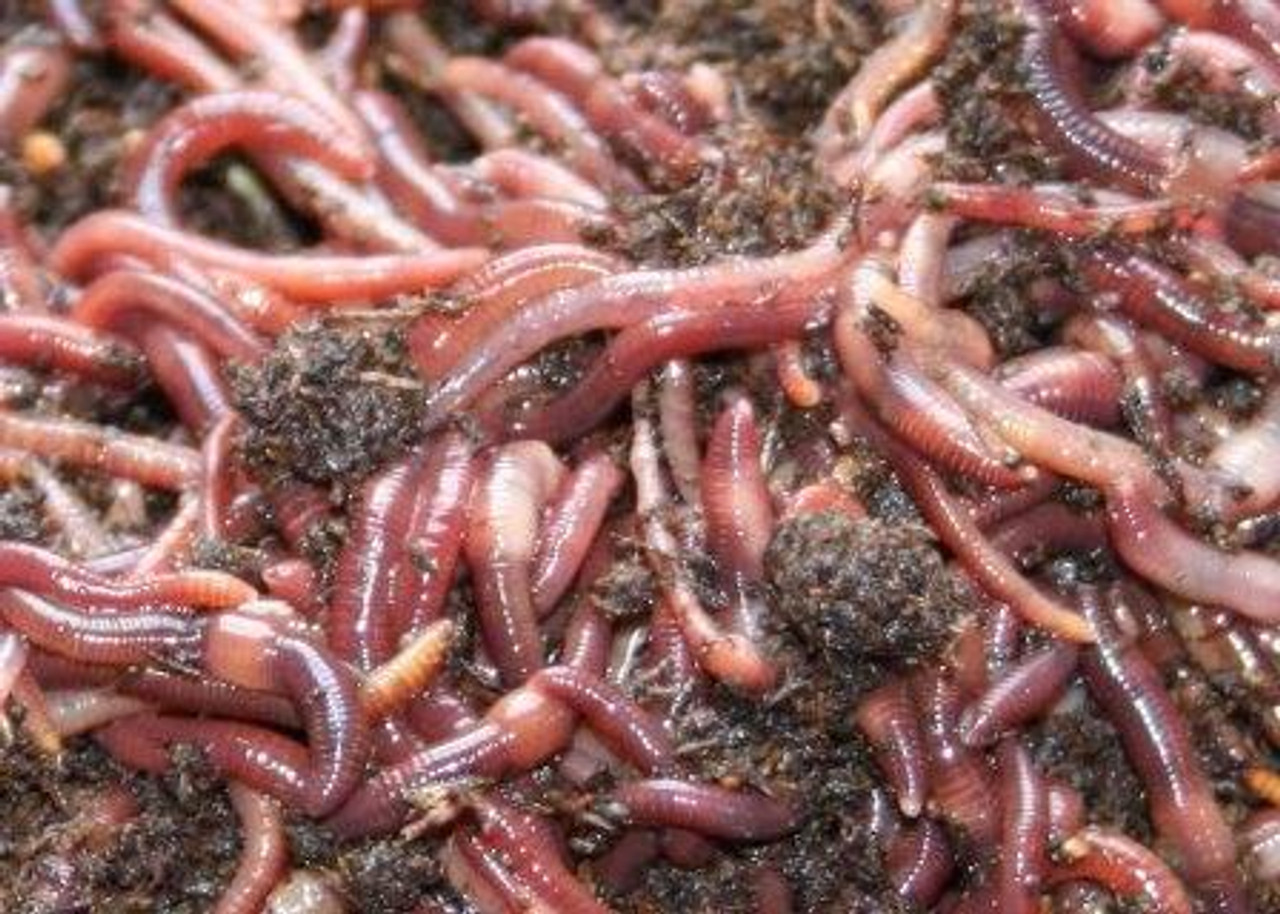Transform Your Lawn with the Expertise of Red Wiggler Express Lawn Care Experts
Transform Your Lawn with the Expertise of Red Wiggler Express Lawn Care Experts
Blog Article
Red Wigglers: The Unsung Heroes of Organic Waste Recycling
Red wigglers, or Eisenia fetida, offer as crucial representatives in the natural waste reusing procedure, changing disposed of products into useful vermicompost. Their efficient malfunction of raw material not just boosts dirt high quality but also adds to lasting waste monitoring methods. As the world significantly looks for remedies to battle waste buildup and boost farming efficiency, recognizing the duty of these worms comes to be crucial. What devices enable them to flourish in compost environments, and just how can they be successfully used in both domestic and commercial setups? Checking out these concerns reveals the more comprehensive ramifications of vermicomposting in our environmental landscape.
What Are Red Wigglers?
The amazing resilience of red wigglers, clinically known as Eisenia fetida, emphasizes their important role in organic waste recycling. These tiny, reddish-brown earthworms are normally found in decaying organic matter, such as garden compost piles and manure loads. Lake Hickory Bait. Unlike other earthworm types, red wigglers prosper in nutrient-rich atmospheres and are highly effective at damaging down natural materials, making them essential for vermicomposting

(Red Wiggler Express)In enhancement to their duty in waste reduction, red wigglers add to dirt wellness by improving soil structure and aeration with their delving tasks (Lake Hickory Bait). Their visibility in composting systems not only improves decomposition rates however additionally advertises a lasting technique to squander management, showing their relevance in environmental conservation initiatives
Benefits of Composting With Worms
Composting with worms, particularly red wigglers, provides many benefits that improve both waste administration and dirt health and wellness. Initially, these worms successfully damage down natural waste, transforming it into nutrient-rich vermicompost that enhances soil. This process speeds up decay, allowing for a faster recycling of kitchen scraps and various other natural products compared to traditional composting methods.
In addition, the vermicompost generated by red wigglers is including helpful microbes, which assist improve dirt framework, aeration, and moisture retention. This boosts the overall health of plants, advertising strenuous growth and increased returns in yards and agricultural setups. The use of worms in composting minimizes the manufacturing of greenhouse gases, such as methane, contributing to an extra sustainable waste management system.

How to Begin Vermicomposting
Developing a vermicomposting system is an uncomplicated procedure that can yield significant benefits for both waste administration and dirt enrichment. To start, pick an ideal container, such as a plastic bin or wood box, with ample ventilation holes to ensure proper airflow. The dimensions ought to ideally be around 2 feet by 3 feet, enabling adequate area for the worms to prosper.
Following, prepare bed linens product, which can contain shredded paper, cardboard, or coconut coir. This bed linen must be dampened to produce an appropriate environment for the worms. When the bed linen remains in area, introduce red wigglers (Eisenia fetida) right into the container, typically around one pound of worms for every square foot of surface area.
Following the positioning of worms, include organic waste, such as vegetables and fruit scraps, coffee premises, and crushed eggshells. Stay clear of adding dairy, meat, or oils, as these can produce odors and attract pests. Finally, place the container in a shaded, temperature-controlled area to maintain optimum problems for worm activity. With these actions, you will successfully launch a vermicomposting system that adds to lasting waste monitoring and improves your dirt.
Keeping a Healthy And Balanced Worm Bin
(Red Wiggler Express)Keeping a worm bin thriving requires normal attention and care to guarantee the wellness of the red wigglers and the performance of the composting procedure. Correct maintenance starts with keeping an eye on the dampness degrees; the bin must perspire however not saturated. A good guideline of thumb is to maintain a consistency comparable to a wrung-out sponge.
Aeration is critical. Delicately mixing the bedding and food scraps every couple of weeks avoids compaction and makes certain that all worms have accessibility to oxygen. Additionally, it is necessary to feed the worms appropriately. A balanced diet plan of vegetables and fruit scraps, coffee grounds, and crushed eggshells ought to be provided in small amounts to prevent overfeeding, which can lead to smells and parasites.
Temperature policy is another crucial element. Red wigglers grow in an array of 55 to 77 levels Fahrenheit. If the bin ends up being as well warm or cold, the worms might end up being worried - Lake Hickory Bait. Occasionally examine for indicators of wellness, such as worm population growth and the presence of healthy and balanced spreadings. By faithfully taking care of Red Wiggler Express these factors, one can keep a durable and efficient worm container.
Influence On Sustainable Living
The successful upkeep of a worm bin not just benefits the wellness of red wigglers but additionally adds substantially to lasting living practices. By reusing organic waste, such as kitchen scraps and backyard debris, red wigglers help divert significant amounts of product from garbage dumps. This reduction in waste not only reduces greenhouse gas discharges but also minimizes the environmental problem related to waste monitoring.
Furthermore, the castings produced by red wigglers work as a nutrient-rich natural plant food, improving dirt health and wellness and advertising plant development. This natural alternative to chemical fertilizers sustains lasting farming and horticulture methods, decreasing dependence on synthetic inputs that can hurt ecological communities. In addition, worm composting promotes recognition of waste administration, encouraging individuals and areas to adopt even more sustainable habits.

Conclusion
In summary, red wigglers serve as important factors to natural waste reusing with their effective disintegration of natural products. By incorporating vermicomposting into waste management techniques, individuals and neighborhoods can considerably lower waste while advertising ecological sustainability.
Report this page